
IMF published a new blog, which is part of a special series on the response to the coronavirus.
Read more … Maintaining Banking System Safety amid the COVID-19 Crisis

“Stress tests typically cover solvency – whether banks have enough capital to absorb losses – and liquidity, whether they have enough cash to pay out their deposits and other debts. Let’s say a bank loses $1 billion when house prices drop by 50 percent. The bank can survive – remain solvent – if its capital is $10 billion but not if it is $1 billion. What if a bank’s depositors panic and suddenly withdraw $50 million? If the bank is unable to borrow money to replace those deposits, it can survive if it owns assets, such as government bonds, that it can sell quickly.“
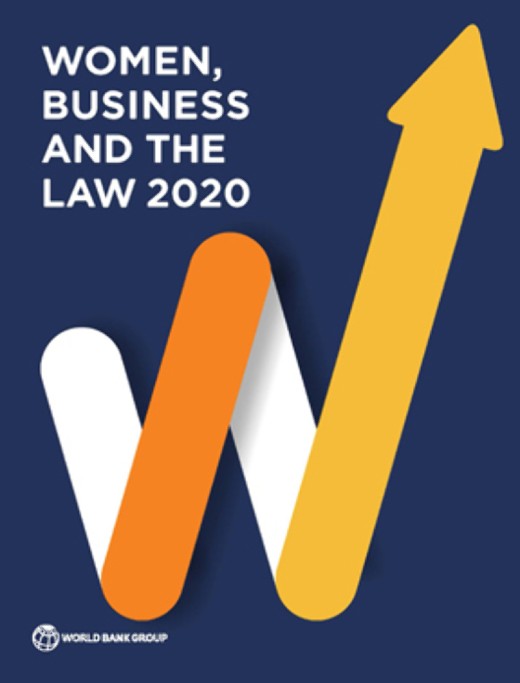
This World Bank publication analyses how law and regulations affect the economic inclusion of women across the globe. Eight various indicators are used to demonstrate differences from country to country. These indicators are Mobility, Workplace, Pay, Marriage, Parenthood, Entrepreneurship, Assets, Pension.
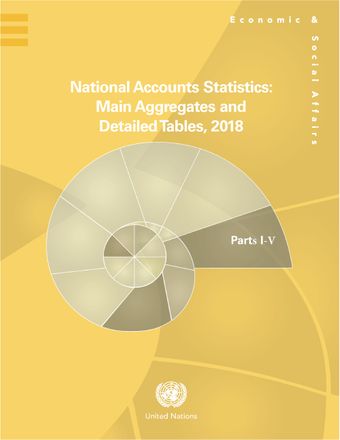
This UN publication contains detailed official national accounts data for over 200 countries or areas of the World for the years 2007 to 2018. The data for each country or area are presented in separate chapters with uniform table headings and classifications as recommended in the System of National Accounts 1993 (1993 SNA).

"International trade expanded rapidly after 1990, powered by the rise of global value chains (GVCs). This expansion enabled an unprecedented convergence: poor countries grew faster and began to catch up with richer countries. Poverty fell sharply.
These gains were driven by the fragmentation of production across countries and the growth of connections between firms. Parts and components began crisscrossing the globe as firms looked for efficiencies wherever they could find them. Productivity and incomes rose in countries that became integral to GVCs … .
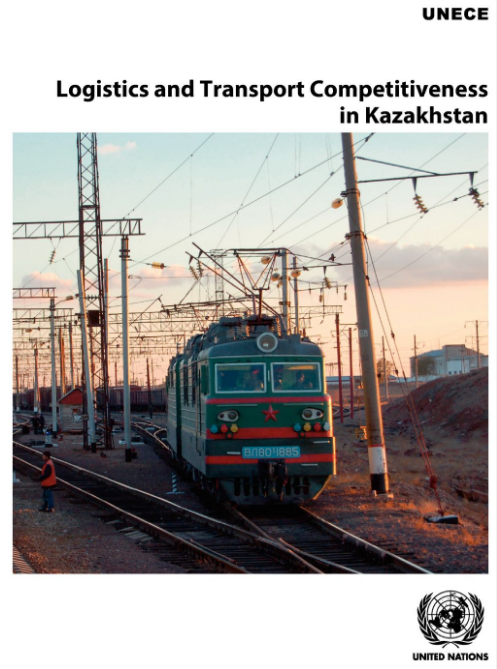
This UNECE commissioned study identifies the transport infrastructure and services available in Kazakhstan, reviews the country’s extensive recent and future transport investments, and sets out recommendations to ensure its transport network is ready to harness the growth in inland transport from rising East-West trade.
Read more … Logistics and Transport Competitiveness in Kazakhstan
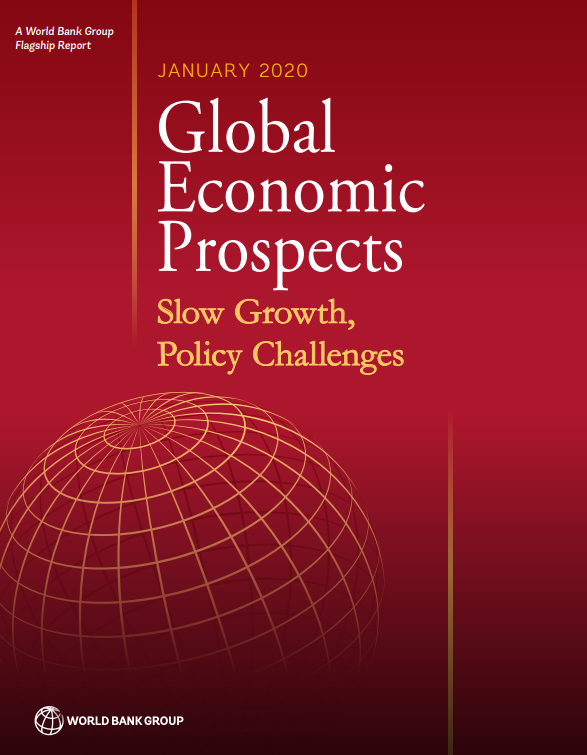
The World Bank has issued its Global Economic Prospects for 2020. The document states that economic growth in Central Asia is forecasted at 4.4%. Economies in the region are exposed to economic developments of key trading partners, in extractive sectors and success of the Central Asian countries in implementing structural reforms in improving the business environment and restructuring state companies and improving competition.
Read more … Global Economic Prospects, January 2020: Slow Growth, Policy Challenges

From Egypt to Turkey, Bosnia and Herzegovina to Kazakhstan, here is the story of how EBRD's work is delivering impact across its regions of operations.
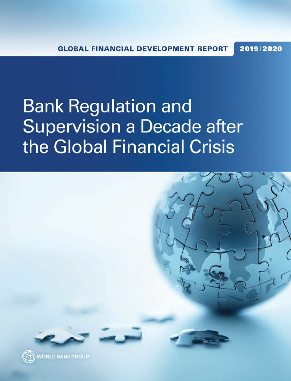
Drawing on 10 years of data and analysis, the Global Financial Development Report 2019/2020 uncovers new evidence on the regulatory remedies adopted to prevent future financial troubles, and particularly the impact of reforms on market discipline and bank capital. Countries should design and enforce regulations that are appropriate for the institutional environment, strength of market discipline, supervisory capacity, and business models of banks in a given country.
Read more … Bank Regulation and Supervision a Decade after the Global Financial Crisis

“DAMU” Entrepreneurship Develeopment Fund has prepared an overview of its work in the field of women entrepreneurship development. The document includes an overview of experiences and results of the partnership programmes with international financial institutions, such as EBRD, ADB as well as its own financing programmes.
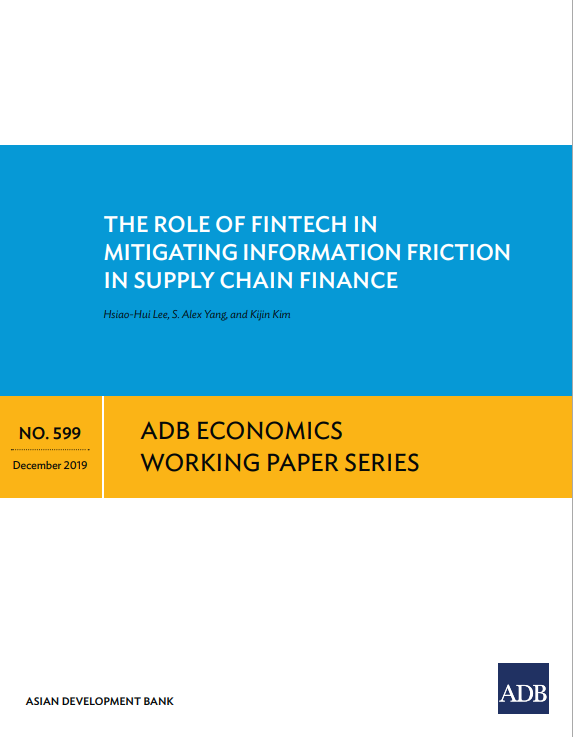
Authors state that recent financial technologies (fintech) can improve supply chain finance efficiency. They therefore propose a conceptual and analytical framework to study how fintech can close the financing gap by reducing information friction.
Read more … The Role of Fintech in Mitigating Information Friction in Supply Chain Finance
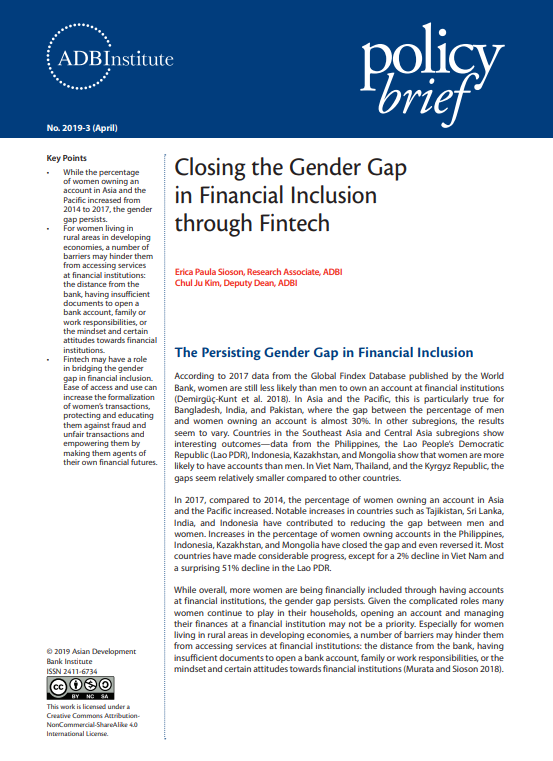
The publication released by the Asian Development Bank Institute stated that “while the percentage of women owning an account in Asia and the Pacific increased from 2014 to 2017, the gender gap persists”.
- Leveraging SME finance through value chains in the region covered by the ADB CAREC (Central Asia Regional Economic Cooperation) Program: the case of the Kyrgyz Republic
- Closing the Gender Gap
- EBRD Transition Report 2019-20 - Better Governance, Better Economies
- Economic Prospects and Growth Forecasts for the EBRD Regions


